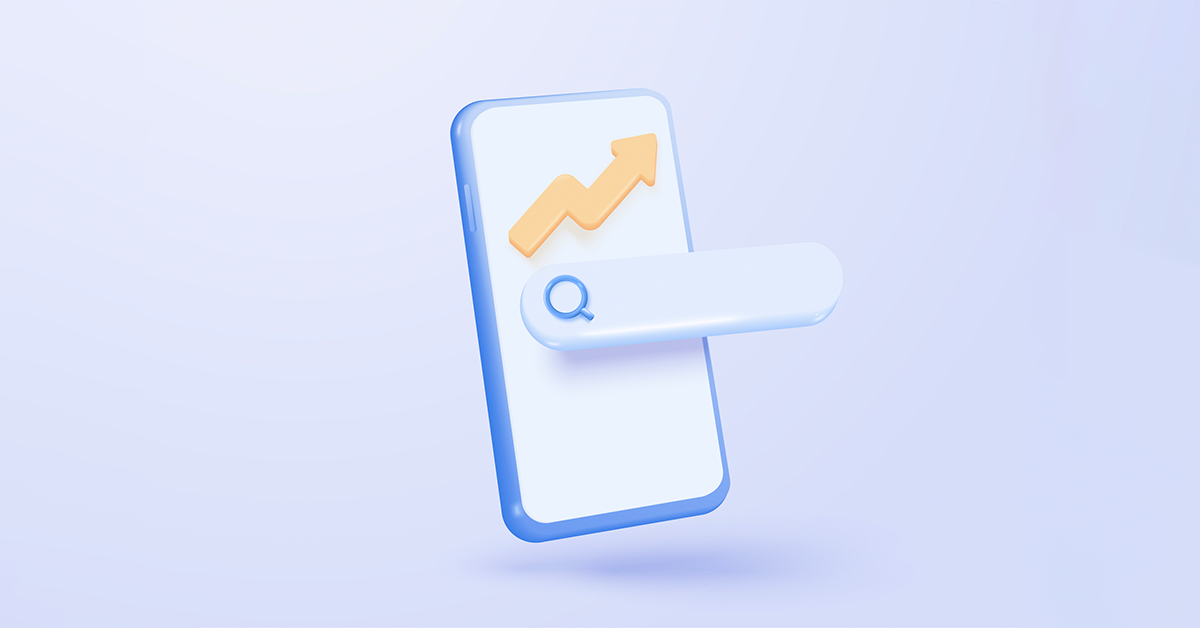Google has been making a variety of updates to its Google Analytics platform. As of July 2023, Universal Analytics (UA) becomes redundant, and you will need to use Google Analytics 4 (GA4). What do these changes mean for marketers and should you make the switch over to GA4 now?
History of Google Analytics
November 2005 saw a fundamental change in the way that marketers analysed the performance of their websites. A free web tool to analyse performance and sales was made available by Google (after buying it from Urchin). Fast forward to 2022 and Google Analytics (GA) is still the gold standard used by a variety of businesses worldwide.
GA has recently announced it will be phasing out its Universal Analytics (UA) and replacing it with Google Analytics 4 (GA4). GA4 has recently come out of Beta testing and was known as G4, App & Web, the name gives a hint of things to come. This means you can now view all your website and app data in one place and see how they interact with each other to form a customer’s journey.
Google recently announced “On July 1, 2023, standard Universal Analytics properties will no longer process data. You’ll be able to see your Universal Analytics reports for a period of time after July 1, 2023. However, new data will only flow into your GA 4 properties.”
What do the New Google Analytics Changes Mean for Businesses and Marketers?
GA4 will be offering a host of new tools than its predecessor UA and it is futureproofing itself with GDPR, users’ privacy, and data collection in mind.
Here are just some of the fundamental changes which are occurring within GA4:
- Event-based – UA was session-based. However, GA4 is changing to event-based. Simply put, an event is button clicks, time spent watching a video, page clicks, sessions, and anything that a user does on your website or app. GA4 will track all events such as those already mentioned much more easily than it currently does in UA. For businesses, this means a much easier way of creating and analysing reports as well as viewing a customer’s journey right through to purchase.
- Cross-Device/Cross-platform Tracking – UA was originally designed with the website only traffic in mind. In recent years, businesses have created apps for customers and for this reason, GA4 allows businesses to view their customer journey across their website and supported apps. As a business, this helps you to manage your audiences and track user behaviour over multiple platforms. GA4 now allows you to create ad hoc funnels based on an event (a feature that was previously paid for).
- Complete User Journey – UA split interactions into sessions, devices, and platforms but GA4 will focus on the complete user journey, across all the aforementioned. There is a new ‘Life Cycle’ section with reports on Acquisition, Engagement, Retention and Monetisation to help businesses and marketers understand their users better.
- Machine Learning – GA4 is relying less on 3rd party cookies and privacy data and will use machine learning to fill in any gaps. This in turn will be a benefit to industry changes and future gaps in your data. There is also a new feature in which you can group users on the probability of purchase within the next 7 days. This will help marketers to remarket to those users.
Should I Upgrade to Google Analytics 4 now?
In short, yes! While UA is still in use until July 2023, you can and should upgrade to GA4 as soon as possible. After July 1st, 2023, UA will not supply any new data, although you can still view historical data for approximately six months past this date.
It is best to be an early adopter of this technology and have plenty the time to learn, rather than waiting until July 2023. By installing GA4 now, you can still switch between UA and GA4, this will allow GA4 to gather data for its machine learning while you also learn the innovative technology yourself. By adapting now, you are also starting the machine learning process as early as possible, placing your business at an advantage come July 2023.
GA already has installed an upgrade button that will take you through the process of installing GA4. Additionally, Google has been working hard to produce plenty of documents to help you set up GA4, as well as ongoing training and support.
What are the Benefits of Google Analytics 4?
From everything that has been written so far, there appears to be several key benefits to businesses:
- Analyse and integrate data from both website and apps
- Gain a better understanding of the customer’s journey
- Intelligent business insights through machine learning
- Ability to act on the data to achieve your business goals
- Segmentation and target audiences. Any published audience that you make will also be shared with Google Ads allowing you to really target your key audiences
- Adapts to new and emerging environments around privacy and data management
- Simplified conversion tracking. In UA you could only track a maximum of 20 conversions, with GA4, this is now unlimited
- Automatic event tracking such as downloads, clicks to external links and so on.
- Predictive metrics:
-
- If a user is likely to purchase in the next 7 days
- Churn rate
- Revenue prediction for the next 28 days
Cookies
This article has talked loosely about privacy and data and how GA4 will be using more machine learning and reduce the use of third-party data and cookies. Our zero party data blog covers a more in-depth analysis on privacy and data. To coincide with GA4, Google recently announced it is phasing out third party cookies in 2023. While we will not be going into it in-depth here, we will be writing about this soon, sign up for our newsletter to find out how you can adapt to the new changes.
How Can LOCALiQ help?
Need any help with GA4? Contact one of our team today and find out all the ways we can provide you with insights and analytics reporting clearly and concisely.





